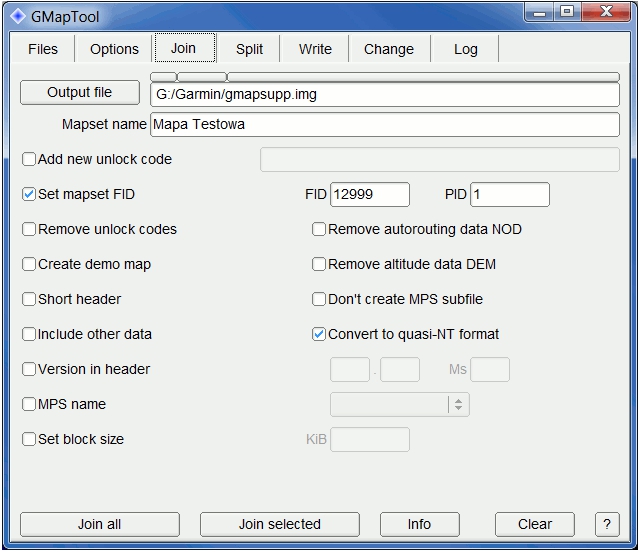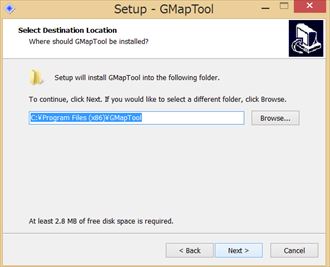

The goals of the GMaP initiative are to contribute to the science of CHD and promote the development of the next generation of competitive, underrepresented cancer and CHD investigators.Ĭonsistent with these goals, GMaP seeks to achieve the following objectives: Strengthen region-based community education and outreach efforts that contribute to achieving GMaP goals.Īccess and engagement of underserved communities will be facilitated by close linkage of the GMaP hubs with Community Health Educators (CHEs), who are currently part of the NCI/CRCHD supported National Outreach Network (NON).Enhance access to underrepresented investigators, trainees/students and foster career development linkages and.Share information, resources, and tools.The regional GMaP hubs are unique in that each brings together CHD investigators, underrepresented trainees and students, community health educators, and community members to work together to: Five levels of summary are available: network list, network, station, location and channel.The Geographic Management of Cancer Health Disparities Program (GMaP), initiated in 2009, is a national program designed to enhance capacity in the areas of disparities research recruitment and career/professional development of underrepresented investigators, trainees, and students communication and dissemination and evaluation, as part of building region-based “hubs” for the support and efficient management of cancer health disparities (CHD) research, training, and outreach. The MetaData Aggregator ( MDA) returns metadata summaries from the IRIS DMC database including data availability and links to further services.

IEB | Learn more » Metadata Aggregator ( MDA)

With the IEB you can quickly find earthquakes in any region of the globe and then import this information into the GEON Integrated Data Viewer ( IDV) where the hypocenters may be visualized in three dimensions. The IEB is useful both educationally and as a research tool. The IEB combines the DMC’s large database of earthquakes with the popular Google Maps web interface. GMAP | Learn more » IRIS Earthquake Browser ( IEB) Users can generate a kml file to view stations in Google Earth. The GMS can produce network, single station or arbitrary station set maps. Requesting data directly from the IRIS FedCatalog web service the GMAP tool creates dynamic station maps that can be panned and zoomed. The Google Map generator creates maps based on federated FDSN datacenter metadata holdings. The DMC offers several options for viewing network station locations.


 0 kommentar(er)
0 kommentar(er)
